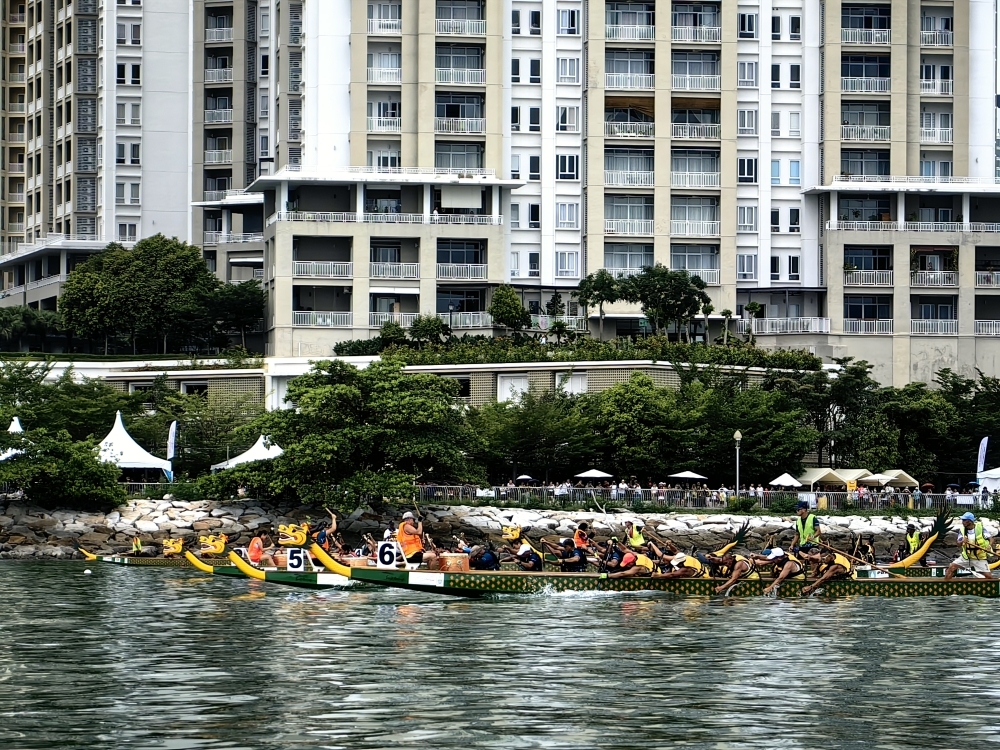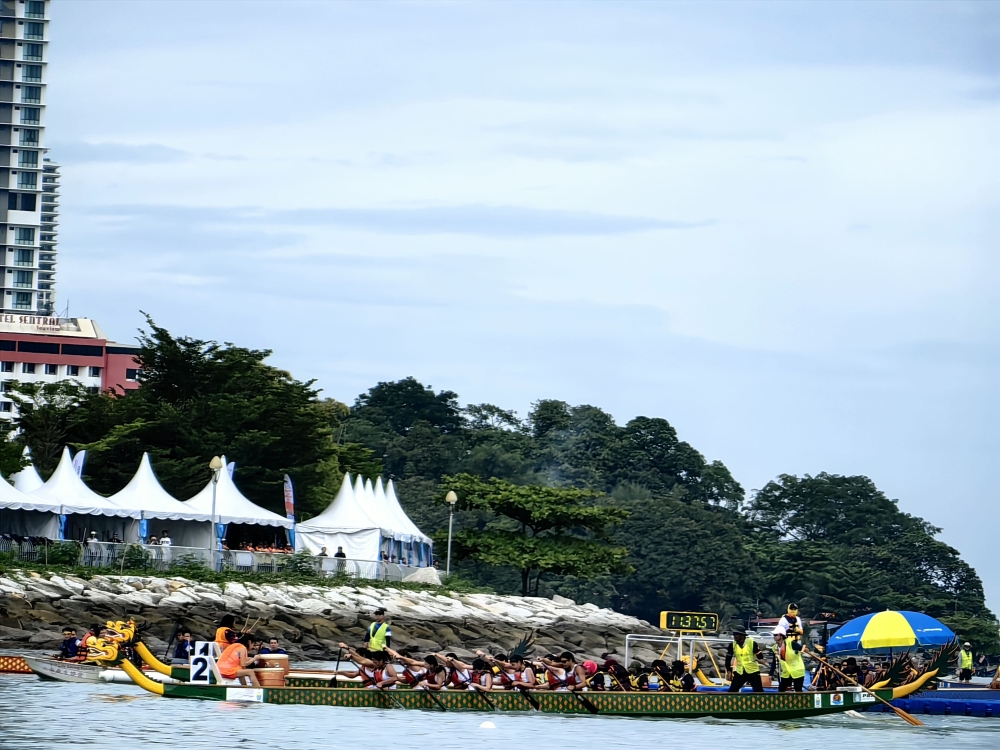
Dragon boats, dumplings and the evil double fifth: Legends of the Duan Wu Festival

The Penang International Dragon Boat Regatta 2024 held at Straits Quay. — Picture courtesy of Petace
Friday, 28 Nov 2025 7:00 AM MYT
GEORGE TOWN, Nov 28 — Each year, on the fifth day of the fifth Chinese lunar month, the Duan Wu Festival is celebrated as either the Dragon Boat Festival or the Zongzi (Bak Chang/Joong) Festival.
This date often falls around May or June and it is the time when bak chang (as it’s called in Penang) are often sold and shared among families in celebration of the festival.
Dragon boat racing is another important component of the festival that has grown and become a popular sport, especially in the last four decades since the first Hong Kong International Races was held in 1976.
The story of Qu Yuan
There were many stories behind the origins of the Duan Wu Festival, but the most popular story has to be about the famous poet, Qu Yuan.
According to Chinese historical records, Qu Yuan was an official of Chu State in southern China in the second century.
It was believed that Qu Yuan was wrongfully banished by the king when he warned of possible invasion by the northern state, Qin.
This was when he penned the poems he was known for, Lisao, Suffering Throes and J’iu Ge.
In 278 BCE, the Qin armies, led by General Bai Qi, occupied the capital of Chu and destroyed the imperial palace.
Heartbroken by the invasion, on the fifth day of the fifth lunar month in 279 BCE, Qu Yuan drowned himself in the Miluo River.
It was believed that fishermen tried to save him but when they failed to do so, they threw cooked rice balls in the river so that the fish would not feed on Qu Yuan’s body.
According to another version of the tale, the rice balls were eaten by the river dragon — so the villagers began wrapping them in bamboo or reed leaves to keep the creature from eating them.
In yet another version, the fishermen paddled their dragon boats up and down the river in a frantic search for Qu Yuan — a gesture that later inspired today’s dragon boat races held in his honour.
The story of Wu Zixu
Another popular story linked to the dragon boat festival is the story of Wu Zixu, also in Chu State.
Wu’s father was a royal tutor but the king, misled by false reports of rebellion plots, ordered for Wu’s father and older brother to be executed.

The Penang International Dragon Boat Regatta 2024 held at Straits Quay. Penang hosted its very first international dragon boat festival in 1979, just two years after Hong Kong, and it was participated by 66 teams from Indonesia, Singapore, Hong Kong and Malaysia. — Picture courtesy of Petace
Wu Zixu then fled to another state and plotted revenge against the Chu rulers by helping the state of Wu conquer Chu.
However, he was later betrayed and forced to kill himself on the fifth day of the fifth lunar month.
His body was then thrown in the river where it was believed that his fury created raging tides.
He was also worshipped as a river god and the dragon boat festival was believed to be held in memory of him.
The story of Cao E
This is yet another story linked to the dragon boat festival.
Cao E, who lived in Shangyu during the East Han dynasty, was only 14 years old when her father drowned in the south of Yangtze River.
She went searching for him along the river every day and 17 days later, on the fifth day of the fifth lunar month, she threw herself into the river in despair.
Five days later, her body was discovered clutching her father’s, and people believed the deities, moved by her devotion, had guided their remains back to the surface together.
Following this, a temple was built in honour of Cao E and the dragon boat festival was believed to be held in honour of her.
Beyond these tales of devotion and heroism, ancient beliefs about the fifth day of the fifth lunar month also shaped the festival’s traditions.
Bad luck and river dragons
Long before Qu Yuan’s era, the fifth day of the fifth lunar month — known as the double fifth — was regarded as an ominous date.
Ancient communities believed it was an “evil day” in an “evil month”, a time when people were more susceptible to illness and misfortune.
In ancient China, the dragon was viewed as a benevolent spirit that brings rain.
So, it is believed that the river dragons are divine immortals that could bring about balanced rainfall for good harvest.
Somehow, these beliefs evolved into dragon boat racing which was held to encourage rains and to ward off bad luck as it is believed that water that passed through the oars of dragon boats is auspicious.
The dragon boat
Traditionally, the dragon boat, which originated from Southern China, used to be made out of teak wood and was commonly called the Chinese Dragon Boat.
Now, the boats are usually made of fibreglass as it is lighter, more cost effective and environmentally friendly.
The boat’s main feature is the mythical Chinese dragon head attached to the prow (front) and a dragon tail attached to the stern (rear) while the dragon scales are usually painted on the sides of the boat.
The length of the boat is usually between eight metres and over 18 metres, depending on the number of people in its crew, which could be between 10 and 20 members.
The boat is powered fully by the crew’s coordinated rowing using small single bladed paddles.
There will also be a Chinese style drum with a drummer situated at the bow of the boat where the beat of the drum helps to guide the stroke cadence of the crew.
In modern dragon boat racing, the races are often in seas, lakes or rivers for a length of between 200 metres and 500 metres.
Penang hosted its very first international dragon boat festival in 1979, just two years after Hong Kong, and it was participated by 66 teams from Indonesia, Singapore, Hong Kong and Malaysia.
No comments:
Post a Comment